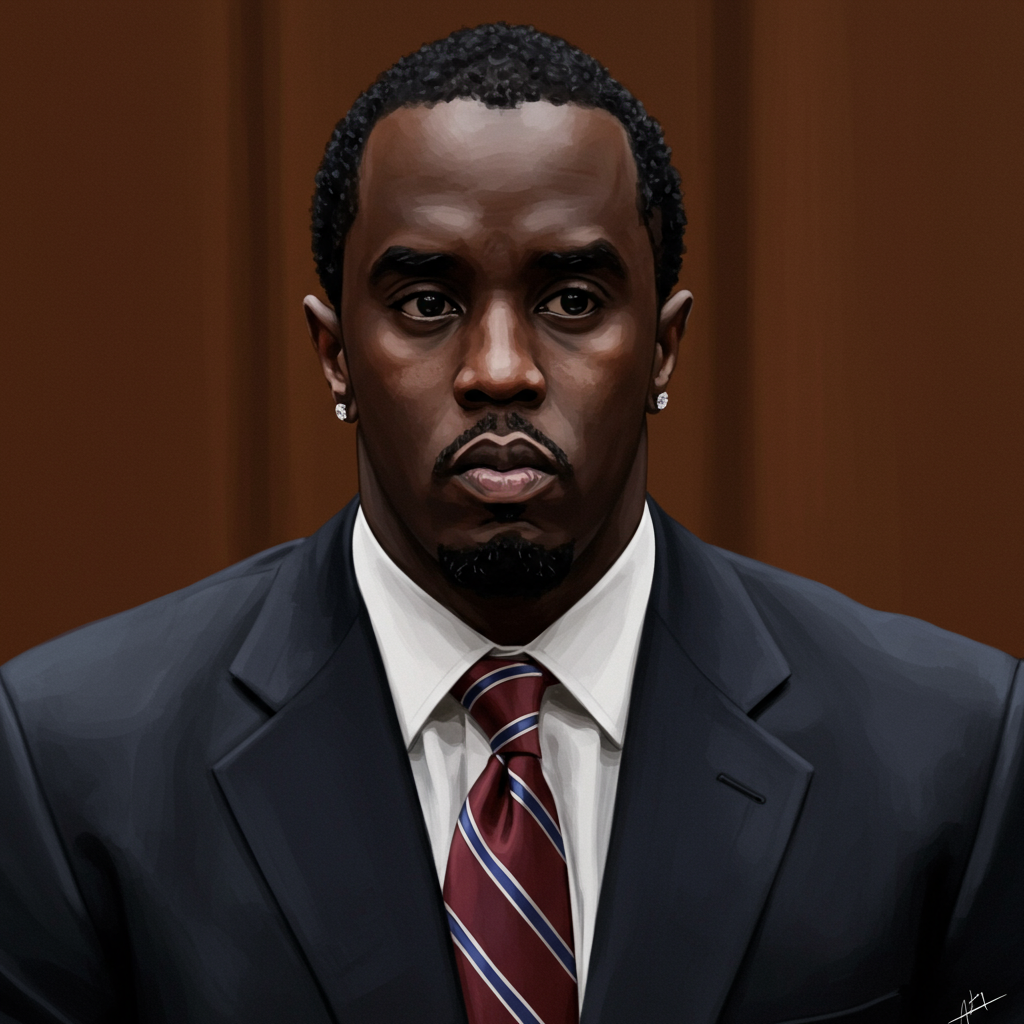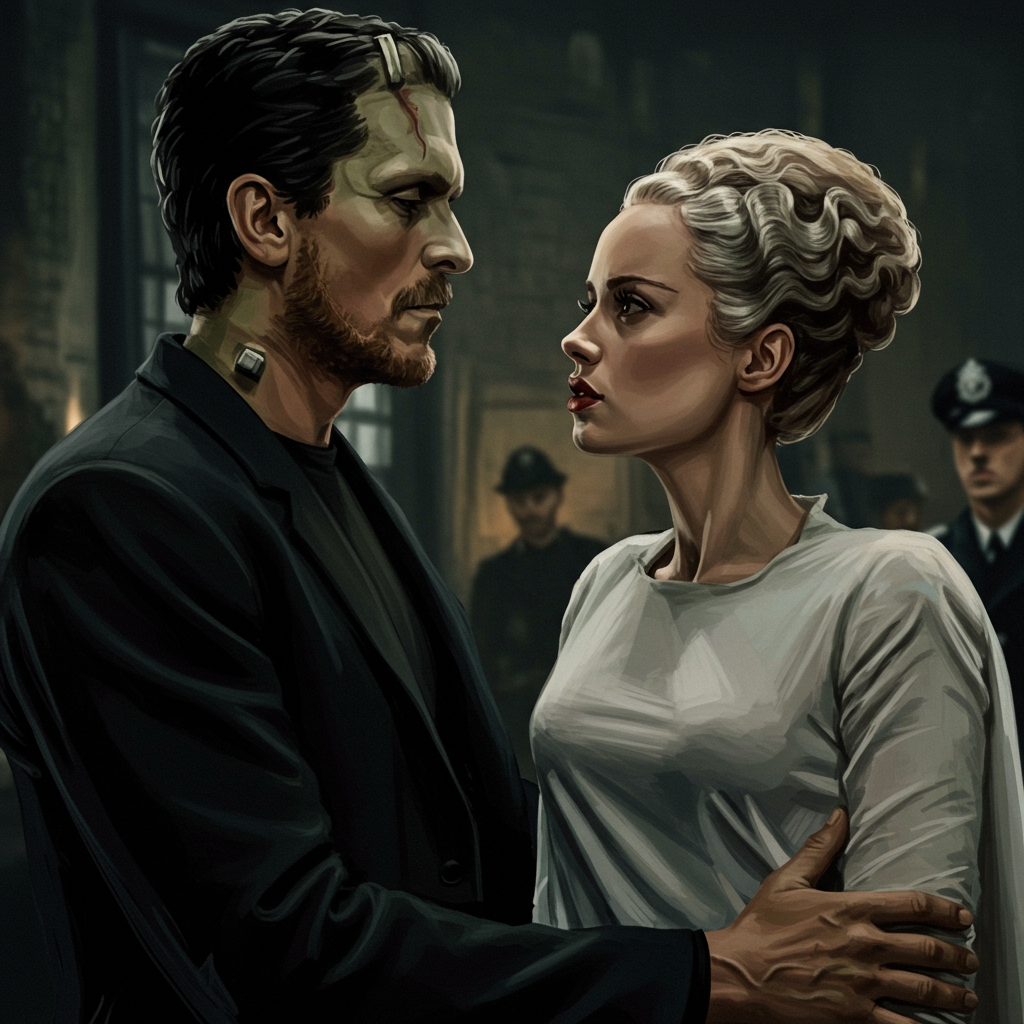The recent passing of michael madsen marked the end of an era for Hollywood’s quintessential “tough guy” archetype. Renowned for his magnetic, often chilling presence, particularly in the films of Quentin Tarantino, Madsen left an indelible mark on modern cinema. Tributes from colleagues poured in, celebrating not just the formidable screen persona but also the complex man behind it. His sister, Virginia Madsen, movingly described him as “thunder and velvet” and “a poet disguised as an outlaw.” Actors like James Woods highlighted his surprising “sweet nature and generosity,” a stark contrast to the villains he so brilliantly portrayed.
This article delves into a revealing interview with Madsen, conducted a decade ago (February 2015) during the production of Tarantino’s wintry Western, The Hateful Eight. Published following his death, it offers a candid, unfiltered look at his unlikely journey to stardom, his unique relationship with the director who became his most significant collaborator, and the realities of a life spent in the unpredictable glare of Hollywood.
An Unlikely Path to the Big Screen
Before becoming a familiar face in cult classics, Michael Madsen’s life was far removed from the glitz of Los Angeles. Growing up a “blue-collar kid” in Chicago, he explored various paths. He worked as an auto mechanic and briefly considered becoming a paramedic, following in his firefighter father’s footsteps. Hollywood seemed a distant, almost mythical place.
His unexpected entry into acting began serendipitously in Chicago. Accompanying a friend to an audition for the film WarGames, Madsen, who had no acting aspirations at the time, was spotted by director Marty Brest. Brest encouraged him, sensing an untapped potential. Through his sister Virginia’s agent, he landed a small role in WarGames.
Instead of returning to Chicago, Madsen made the pivotal decision to move to California with very little money. He landed a job that put him face-to-face with the industry he was cautiously entering: a full-service gas station attendant in Beverly Hills.
Pumping Gas for Hollywood Legends
His job at the Union 76 station became an improbable gateway to the film world. Pumping gas, changing tires, and washing windshields, Madsen served a parade of Hollywood royalty. He encountered Jack Lemmon, Don Knotts, Cicely Tyson, and Peter Falk. Even Warren Beatty was a customer, often using the payphone late at night. Beatty, recognizing something in Madsen, asked if he was an actor and encouraged him to get headshots.
This period was formative, offering a stark, ground-level view of the industry. It also led to a crucial connection. An acquaintance introduced him to an agent, and Madsen began landing roles in episodic television shows like St. Elsewhere, Miami Vice, and Cagney & Lacey. He recalled one particular Cagney & Lacey episode focusing heavily on his character, for which Tyne Daly won an Emmy without acknowledging his contribution. This experience, he noted, offered an early, clear lesson in the “insidiousness” of Hollywood.
His gas station boss was less than thrilled about his budding acting career, eventually firing him for taking too much time off for auditions and roles. Madsen, earning a meager $2.50 an hour, decided to take his “shot” in the unpredictable world of movies.
The Tarantino Connection: From Unknown to Icon
Michael Madsen’s career trajectory fundamentally changed with Quentin Tarantino. While he had worked on notable films like Thelma & Louise (though most of his scenes with Harvey Keitel were cut), it was Reservoir Dogs that catapulted him into the spotlight.
He recounts being sent the script by his agents, who initially advised against the low-budget project led by an unknown director. However, the chance to work alongside Harvey Keitel, whom he admired and whose son he is godfather to, was a major draw. Initially, he lobbied to play Mr. Pink, desiring more scenes with Keitel. But Tarantino was firm: he was destined to play the chilling, ear-severing Mr. Blonde. This ultimatum led to him reluctantly taking the role that would define his career.
Their bond deepened over subsequent projects. Tarantino cast Madsen as the complex Budd in Kill Bill Vol. 2, a character the director decided Madsen was perfect for after initially considering him for a different role. Their collaboration on The Hateful Eight marked their fourth film together, a relationship Madsen described as deeply symbiotic, built on a shared, encyclopedic love for movies.
Behind-the-Scenes Drama and Creative Trust
Working with Tarantino meant navigating unique situations. Madsen shared the tense story of the The Hateful Eight script leak. When the screenplay was leaked online, Tarantino publicly named only three people he had given it to – Tim Roth, Bruce Dern, and Michael Madsen – adding he knew it wasn’t Roth. This inadvertently pointed suspicion at Madsen, leading to furious backlash online. He was distressed by the accusations, even from his own son.
Instead of a simple public statement, Tarantino chose a theatrical resolution. He announced a public live reading of the script. Madsen, unsure if he was still involved due to the leak controversy, had to call Tarantino to confirm his participation as Joe Gage. Tarantino’s decision demonstrated both his unconventional nature and his underlying trust in Madsen.
Tarantino also famously granted Madsen something rare: permission to improvise. Madsen revealed that his most iconic, unsettling moment – talking into the severed ear in Reservoir Dogs – was an unscripted act born of nervousness. Unsure what to do after cutting the ear, and ignoring Tarantino’s off-camera prompts to “Throw it!”, he started talking to it. Tarantino, recognizing the moment’s power, kept it in the final cut. This trust in Madsen’s instincts allowed for moments of raw, unexpected brilliance.
Moral Lines and Archetypes
Madsen also recounted a moment during Reservoir Dogs rehearsals that revealed his own boundaries. During the scene where Mr. Blonde prepares to torture the captured policeman, actor Kirk Baltz improvised lines about being a father with children. Madsen felt a moral line. He told Tarantino he couldn’t, as a man and an actor, follow through with burning the policeman if the character evoked the vulnerability of fatherhood. Tarantino, in his characteristic way, pointed out that the script had Tim Roth’s character shooting Mr. Blonde at that precise moment anyway.
Madsen saw a parallel in this ambiguous moment to James Cagney’s character in Angels with Dirty Faces, who may have acted scared going to the electric chair either out of genuine fear or to dissuade younger followers. The unanswerable question – would Mr. Blonde have burned the cop if Mr. Orange hadn’t intervened after hearing about his children? – became Madsen’s own “little Cagney moment,” a layer of potential morality in a brutal character, a nuance Tarantino was fond of creating.
He viewed his Hateful Eight character, Joe Gage, as embodying the silent, watchful quality of classic Western heroes like Steve McQueen or The Virginian, preferring minimal dialogue before decisive action. Tarantino even incorporated Madsen’s real-life love for writing poetry into Joe Gage’s character, another example of their deep, personal connection informing the work. Robert Rodriguez, who directed Madsen in Sin City, also noted his talent as a writer and spoke of making an exception to allow Madsen improvisation on set.
The Regret: Pulp Fiction vs. Wyatt Earp
One of the most enduring “what ifs” of Madsen’s career was his missed opportunity to star in Pulp Fiction. Tarantino had written the role of Vincent Vega specifically for him. However, Madsen was under contract for Kevin Costner’s Western epic, Wyatt Earp. The film’s director insisted on extensive rehearsal time, making it impossible for Madsen to take the Pulp Fiction role.
Madsen openly regretted making Wyatt Earp, calling it “boring and stupid.” The film failed commercially and critically compared to Pulp Fiction, which became a cultural phenomenon. While he often pondered how his portrayal of Vincent Vega would have differed (“a little more edgy,” perhaps less “dopey” than Travolta’s take), he acknowledged that John Travolta’s casting and subsequent career resurgence were integral to Pulp Fiction‘s massive impact. He and Tarantino would later joke about needing a time machine to make “The Vega Brothers” film they once discussed, featuring Madsen and Travolta reprising their roles.
Hollywood’s “Festering Wound” and Lasting Legacy
Madsen held a cynical view of Hollywood, describing it as a “festering wound” that builds people up only to tear them down. Yet, despite the industry’s harsh realities and personal struggles (some reports noted he had been struggling with alcoholism before his death), he remained consistently employed.
His career, particularly through his collaboration with Tarantino, allowed him to provide for his five sons and travel the world, experiences he cherished. He dismissed much of the information about him online as “bullshit,” including exaggerated claims about his theater background. He preferred the tangible reality of his work and its impact on his family’s life.
He reflected on the unique commitment Tarantino demands, recalling being genuinely freezing on the Hateful Eight set in Telluride because the director wanted the environment to inform the performance. He praised Tarantino’s meticulous attention to detail, from filling on-set drawers with character-specific items never seen onscreen to basing Madsen’s Hateful Eight wardrobe on a cowboy doll Tarantino owned. This immersive approach, along with Tarantino’s passion for using traditional film techniques like 70mm and vintage lenses, created an environment Madsen found inspiring.
Michael Madsen was a complex figure in Hollywood – a compelling screen tough guy with the soul of a poet, a journeyman actor whose path intersected fatefully with a visionary director. His legacy is inextricably linked to the iconic characters he created with Quentin Tarantino, roles that cemented his place in cinematic history.
Frequently Asked Questions
What was Michael Madsen’s unexpected path into acting?
Michael Madsen’s acting career began by chance in Chicago when director Marty Brest encouraged him after seeing him accompany a friend to an audition for the film WarGames. He landed a small part, then moved to California and worked as a gas station attendant in Beverly Hills, where encounters with famous patrons eventually led to him getting an agent and starting in television before his breakthrough in Reservoir Dogs.
Why did Michael Madsen regret making Wyatt Earp instead of Pulp Fiction?
Madsen regretted starring in Wyatt Earp because he found the film boring and critically disappointing. More significantly, his contractual obligation to Wyatt Earp, specifically its director’s demand for lengthy rehearsals, prevented him from accepting the role of Vincent Vega in Pulp Fiction, a character Quentin Tarantino wrote specifically for him. He felt missing Pulp Fiction was a major lost opportunity, despite acknowledging John Travolta’s casting was crucial to that film’s success.
How did Michael Madsen’s relationship with Quentin Tarantino shape his career and performances?
Quentin Tarantino was the most significant director in Michael Madsen’s career, providing him with iconic roles in Reservoir Dogs, Kill Bill, and The Hateful Eight. Tarantino trusted Madsen, allowing him unique creative freedom, including improvisation (like talking into the severed ear in Reservoir Dogs). Their shared passion for cinema and Tarantino’s specific vision, which incorporated elements of Madsen’s personality and interests into characters, created a deep bond and resulted in Madsen’s most memorable and acclaimed performances.
References
- deadline.com
- ca.news.yahoo.com
- <a href="https://www.imdb.com/news/ni65363930/?ref=nwcart_perm”>www.imdb.com
- deadline.com
- deadline.com




